Transformation Tuesday: Lara Croft
It’s time to honor a kick-ass female lead character: Lara Croft. Lara was first introduced into the gaming world in Tomb Raider for the PlayStation, Sega Saturn, and PC in 1996. Since then the fictional character has spawned 16 video games, 2 movies, comic books, novels, animated short series, a themed amusement park ride, and endless merchandising. Lara Croft made video game history as she entered the Walk of Game and Guinness World Records as the "Most Successful Human Virtual Game Heroine” in 2006.
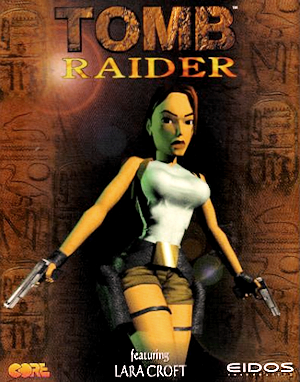 Lara in 1996But let’s focus on the history of her gaming success. The first generation of the franchise consisted of Tomb Raider (1996), Tomb Raider II (1997), Tomb Raider III (1998), The Last Revelation (1999), Chronicles (2000), and Angel of Darkness (2003). The first reboot series started with Legend (2006), then Anniversary (2007), and Underworld (2008). The second and most recent reboot included the reimagined Tomb Raider (2013) and the upcoming Rise of the Tomb Raider (2015). The handheld series was Tomb Raider (2000), Curse of the Sword (2001), and The Prophecy (2002). The Lara Croft spinoff series encompasses Lara Croft and the Guardian of Light (2010) and Lara Croft and the Temple of Osiris (2014). Lara's been busy for nearly two decades and managed to stay in great shape.
Lara in 1996But let’s focus on the history of her gaming success. The first generation of the franchise consisted of Tomb Raider (1996), Tomb Raider II (1997), Tomb Raider III (1998), The Last Revelation (1999), Chronicles (2000), and Angel of Darkness (2003). The first reboot series started with Legend (2006), then Anniversary (2007), and Underworld (2008). The second and most recent reboot included the reimagined Tomb Raider (2013) and the upcoming Rise of the Tomb Raider (2015). The handheld series was Tomb Raider (2000), Curse of the Sword (2001), and The Prophecy (2002). The Lara Croft spinoff series encompasses Lara Croft and the Guardian of Light (2010) and Lara Croft and the Temple of Osiris (2014). Lara's been busy for nearly two decades and managed to stay in great shape.
The Tomb Raider franchise became known for their female heroine and third person over the shoulder camera shooter, platform, and puzzle gameplay. Toby Gard, one of Core Design’s lead artist at the time, created the concept and game we all know and love today. Because of some obvious similarities, Gard had some lawsuit problems claiming that the main character resembled Indiana Jones. Gard sidestepped the problem when he suggested the main character be female. Core’s co-founder, Jeremy Heath-Smith, leaped at the opportunity of this new game idea.
Gard went to work and created a South American kick ass woman named Lara Cruz. This was not approved by Core whose parent company was bought by Eidos. They wanted a more United Kingdom friendly game. The team went to the phone book and started to call out names, finally agreeing on the now iconic name of Croft.
The game was a 3D realistic world where the player led Lara Croft through temples solving puzzles and thwarting dangerous animals and humans to reach the prize artifact. Lara could walk, run, jump, swim, dive, climb, and shoot. Along the way, Lara carried her two signature automags that never ran out of bullets and an apparently infinite bag on her back to hold numerous prizes. These two things were not exactly realistic, but Gard wanted to stray a little away from realistic with his character design. A computing error created Lara with a 150% increase bust size instead of an intended 50% increase. However, the "mistake" was so popular they didn’t fix it.
 Sony was not as excited about the game and, at first, didn't want it for PlayStation. Gard took the game to Overdrive who added the voice of Shelly Blond to Lara, a musical score, and full-video cut scenes. Tomb Raider went back to Sony who then jumped at the idea of marketing the game for Play Station.
Sony was not as excited about the game and, at first, didn't want it for PlayStation. Gard took the game to Overdrive who added the voice of Shelly Blond to Lara, a musical score, and full-video cut scenes. Tomb Raider went back to Sony who then jumped at the idea of marketing the game for Play Station.
The game was a huge success, costing $2.4 million dollars to create, but it making $14.5 million in just one year.
The game was criticized by animal activists who did not enjoy the body count of big game animals killed during the game. It was also criticized by those who did not like Lara's unrealistic body figure, claiming that no real woman built like her could walk upright and jump. She was praised for her independent character by some feminists, while others demonized her for her overt sex appeal.
Gard didn’t agree with Lara posing nude for advertisements as it was out of Lara’s character that he had created. It wasn’t his decision, however, as she was now the property of Eidos, and so he left Core.
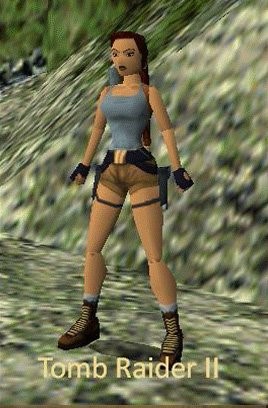 1997Eidos wanted a game out every year at the same time, so the group went to work on Tomb Raider II. They made a whole list of improvements: new levels with new lighting, new enemies, assault weaponry, grenade launchers, driving skill and vehicles. It was another huge success selling 8 million copies. They couldn’t celebrate long and had to go straight back into the game development of Tomb Raider III with new animations of shells ejecting from guns, new moves, new vehicles, and new plot lines. Eidos wanted to rerelease and profit more off of the success of the previous games with “Gold Editions” of the games. The company also added new levels to each game.
1997Eidos wanted a game out every year at the same time, so the group went to work on Tomb Raider II. They made a whole list of improvements: new levels with new lighting, new enemies, assault weaponry, grenade launchers, driving skill and vehicles. It was another huge success selling 8 million copies. They couldn’t celebrate long and had to go straight back into the game development of Tomb Raider III with new animations of shells ejecting from guns, new moves, new vehicles, and new plot lines. Eidos wanted to rerelease and profit more off of the success of the previous games with “Gold Editions” of the games. The company also added new levels to each game.
It was speculated that Lara Croft had reached her peak, but Revelations was the biggest success of the franchise to that point. It wasn’t as much innovations to the game, as it was it being a solid game and franchise. The group couldn’t keep up with the demand for constant innovations and were tired. So they decided to kill Lara in her own tomb and solve their problem.
Eidos wanted to profit more and decided to make Gameboy Advance games while the Core group took a break. They decided to go back to work with the game release of Chronicles in 2000. The game play was recycled and the game was not new anymore. Core insisted it was not a full game and went to work on a new game for the PlayStation 2.
 1998Angel of Darkness was a darker game that brought in hand-to-hand fighting and a new playable character, Kurtis Trent. The game had problems transferring from the PlayStation One to Two which caused major delays. Eidos pushed the game to be released before the Tomb Raider movie sequel despite Core saying the game was not ready. The game was unsuccessful and the movie’s lack of success was blamed on the game and vise versa.
1998Angel of Darkness was a darker game that brought in hand-to-hand fighting and a new playable character, Kurtis Trent. The game had problems transferring from the PlayStation One to Two which caused major delays. Eidos pushed the game to be released before the Tomb Raider movie sequel despite Core saying the game was not ready. The game was unsuccessful and the movie’s lack of success was blamed on the game and vise versa.
Eidos took Core off the Tomb Raider project and gave it to Crystal Dynamics. Crystal Dynamics won over Toby Garb and got his help as a consultant for the game Tomb Raider: Legend released in 2006. Legend went back to Lara’s roots and expanded on her back story and reasons for her becoming a Tomb Raider. Gard became a designer for Tomb Raider: Anniversary released in 2007 as he redesigned his old games for a more contemporary audience. Gard continued to work on Tomb Raider: Underworld released in 2008, following the story from Legend.
In 2010, Square Enix released a download only game Tomb Raider and the Guardian of Light. The game is a spinoff to the regular Tomb Raider games and offers a different style of game play. It is similar to the Gameboy Advance games and offers up to two player gameplay. In 2014, Square Enix released a sequel called Tomb Raider and the Temple of Osiris. The title offers cooperative game play up to four players.
In 2013, Square Enix released an origins game simply titled Tomb Raider. Hoping to revamp the franchise, the game introduces players to a much younger Lara as she struggles for survival. A sequel date was released in 2014 for the holiday season of 2015 for Rise of the Tomb Raider.
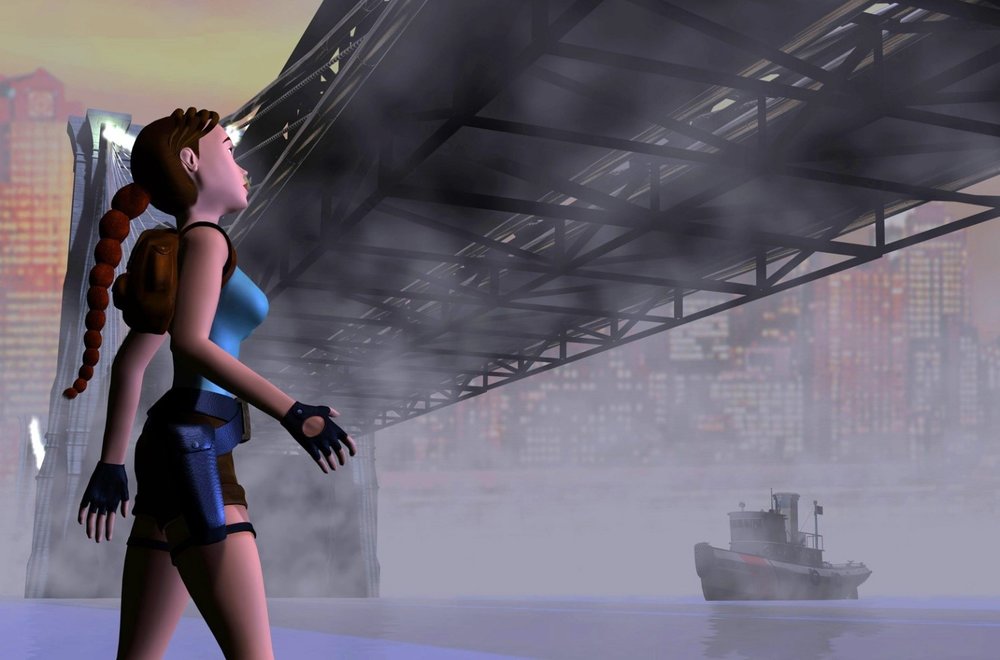 2000Tomb Raider is very much on the rise as Lara Croft transformed from her 1996 character to her 2013 character. Take a moment to relive her past makeovers through the years, and be on the lookout for her latest transformation in 2015.
2000Tomb Raider is very much on the rise as Lara Croft transformed from her 1996 character to her 2013 character. Take a moment to relive her past makeovers through the years, and be on the lookout for her latest transformation in 2015.
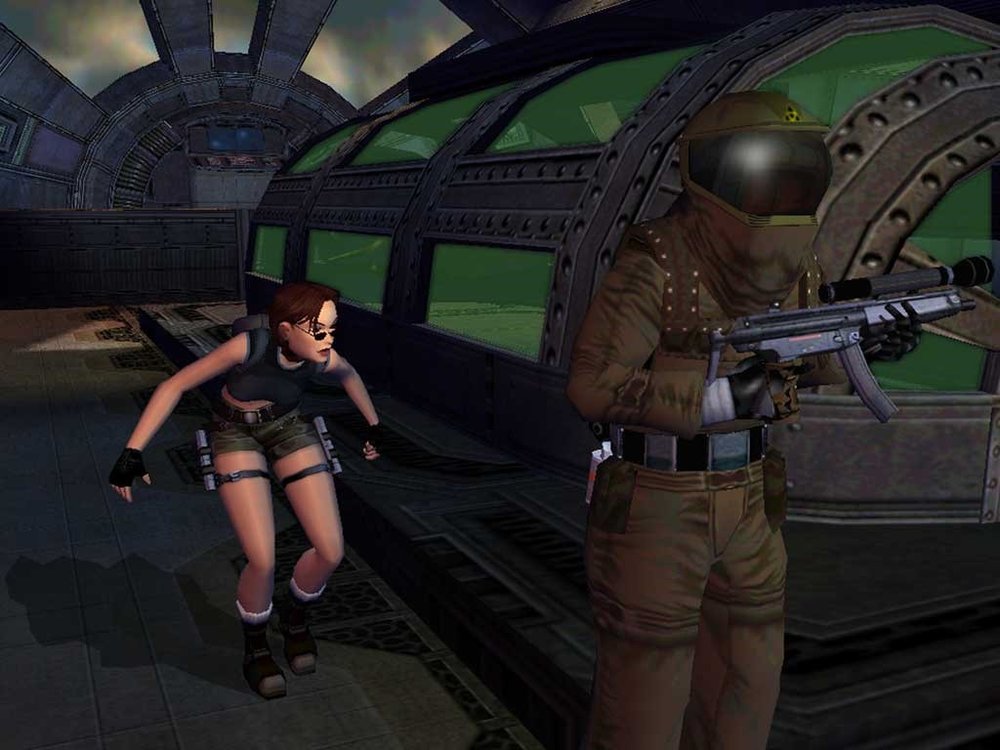 2003
2003
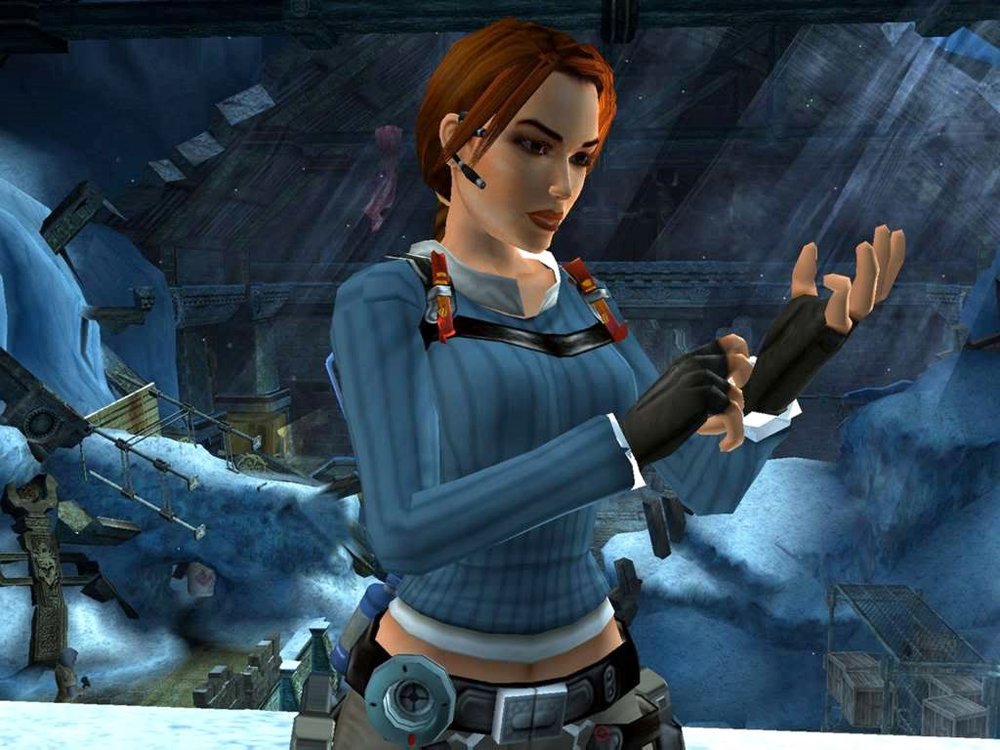 2006
2006
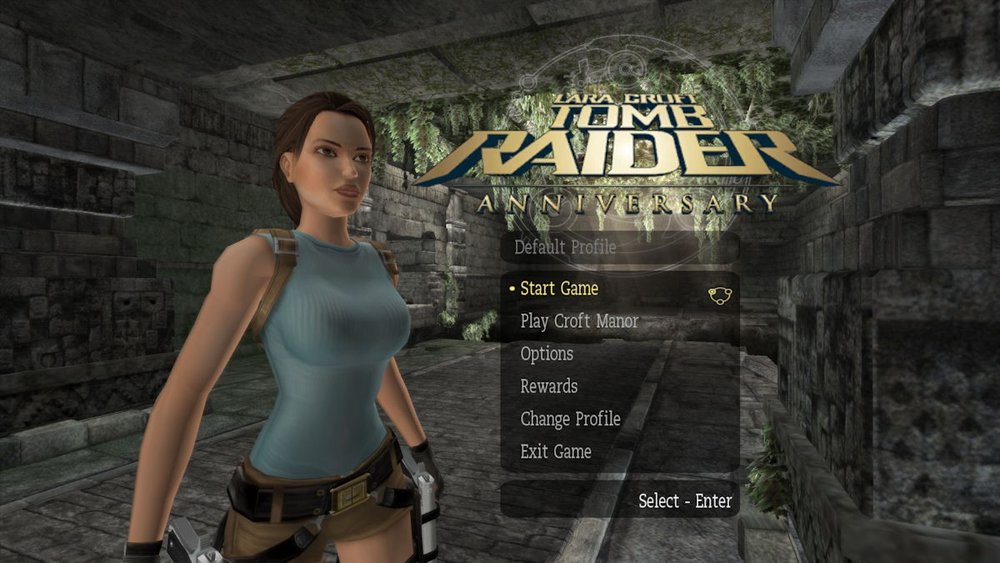 2007
2007
 2008
2008
 2010
2010
 2013 (the best)
2013 (the best)
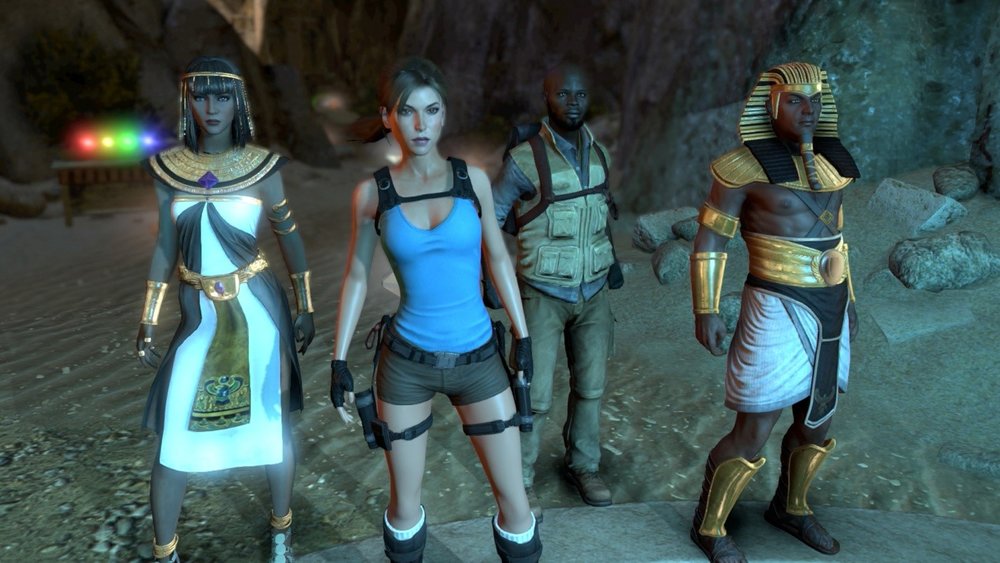 2014
2014
@AnimeKat13
~Kat
